created 2025-06-21, & modified, =this.modified
Attempts to develop a system of perspective are believed to have began in the 5th century BC as part of an interest in illusionism combined with theatrical scenery. This is supported by limited evidence however, and though there was depths in their creations it was not related to the correct representation of reality.

In depictions of figures the scale of the figures indicated relative importance, as in Egyptian tradition where the the most significant figures were the largest.
 Perspective is not only a direct transcription of visual reality, but a form of representation that arises from broader cultural needs, according to Erwin Panofsky.
Perspective is not only a direct transcription of visual reality, but a form of representation that arises from broader cultural needs, according to Erwin Panofsky.
In Oriental perspective traditional objects like rocks, mountains, and mythical figures have inconsistent straight line representation. One technique used was fading distant objects mimicking a misty atmosphere. They would also overlap to indicate closeness, otherwise known as planar perspective.
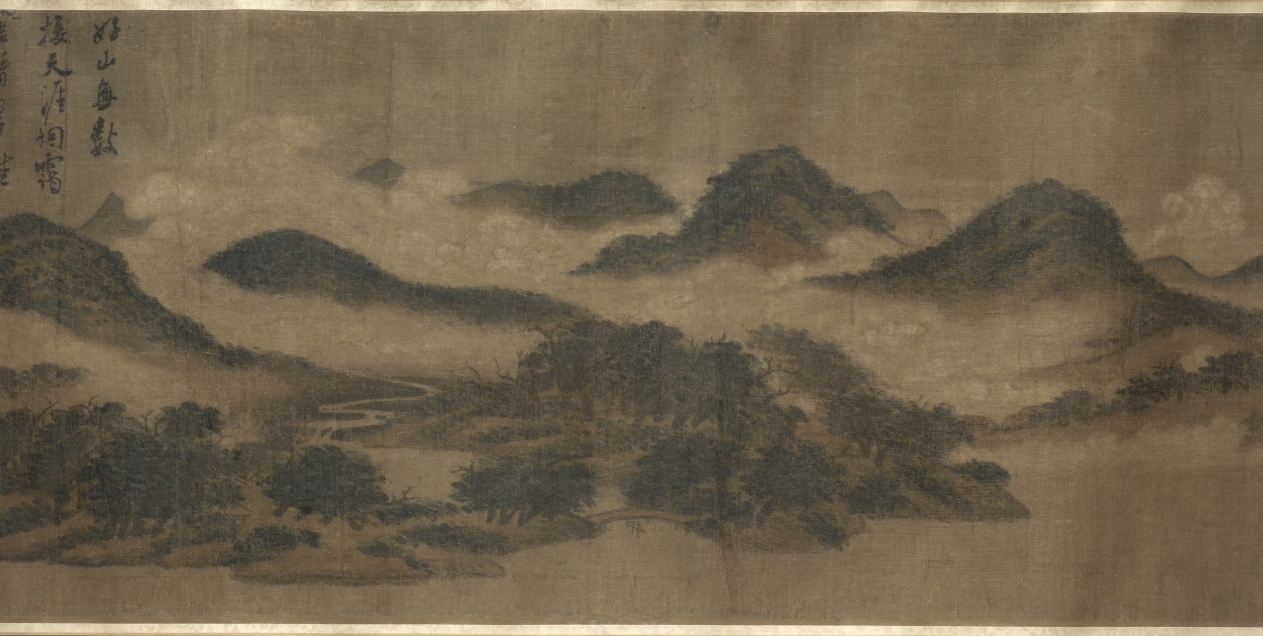
One Point Perspective
“It is significant for the visual characteristics of central [linear] perspective that it was discovered at only one time and place in man’s entire history. The more elementary procedures for representing pictorial space, the two-dimensional ‘Egyptian’ method as well as isometric perspective [i.e., oblique projection], were and are discovered independently all over the world at early levels of visual conception. Central perspective, however, is so violent and intricate a deformation of the normal shape of things that it came about only as the final result of prolonged exploration and in response to very particular cultural needs.”
Linear perspective arose from the desire to represent convincing interiors and exteriors. Perspective was used to create architectural fictions to depict narratives.
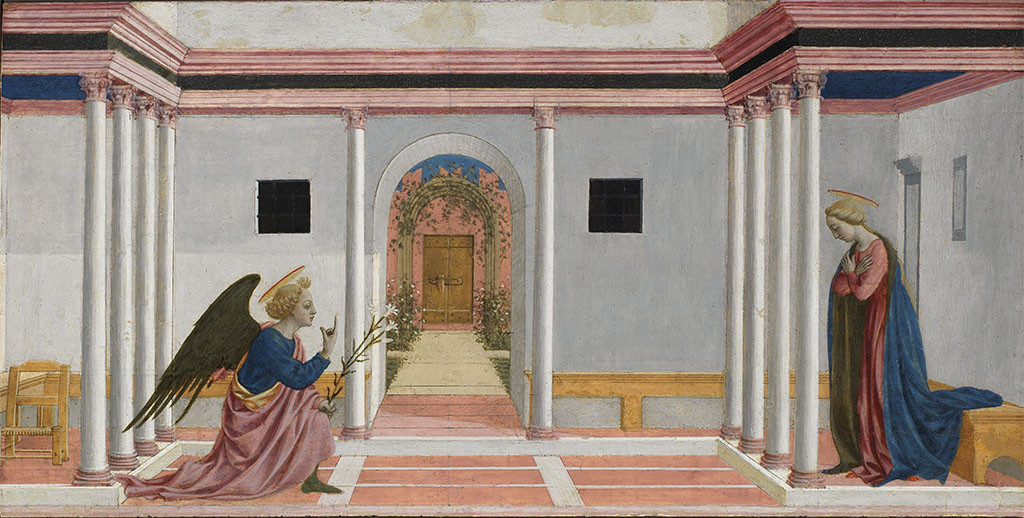 Geometrically based perspective is unique to the Italian Renaissance over the 14th and 15th century. Duccio di Buoninsegna (c. 1255/1260–c. 1318/1319) and Giotto (c. 1267–1337) used convergent lines to evoke spatial depth.
Geometrically based perspective is unique to the Italian Renaissance over the 14th and 15th century. Duccio di Buoninsegna (c. 1255/1260–c. 1318/1319) and Giotto (c. 1267–1337) used convergent lines to evoke spatial depth.
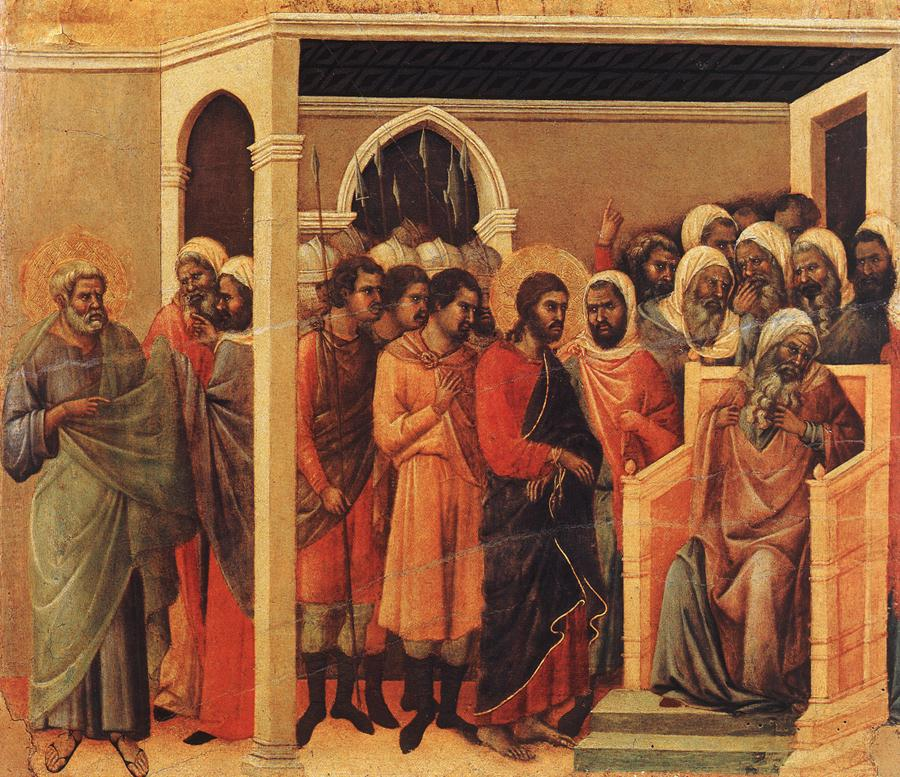
rel:Architecture in the Age of Printing by Mario Carpo
In its mathematical form, linear perspective is generally believed to have been devised about 1415 by the architect Filippo Brunelleschi (1377–1446) and codified in writing by the architect and writer Leon Battista Alberti (1404–1472), in 1435 (De pictura [On Painting]). The construction worked out by Alberti became was based on the belief that no picture can resemble nature unless it is seen from a definite distance and location, and the diminution in size as a function of distance.
Madonna with a Long Neck by Parmigianino
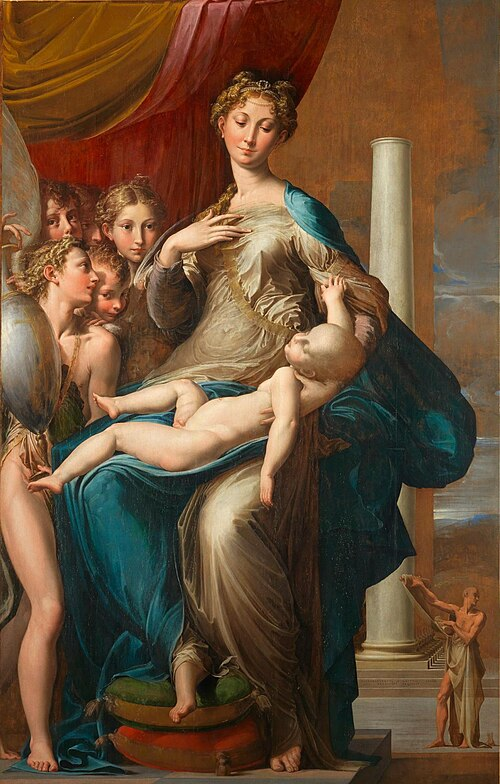 Perspective was rapidly introduced to painters but individual objects and figures were generally omitted from the procedure. Figures standing next to each other are huge in comparison, such as Lippi’s Adoration of the Magii (1500)
Perspective was rapidly introduced to painters but individual objects and figures were generally omitted from the procedure. Figures standing next to each other are huge in comparison, such as Lippi’s Adoration of the Magii (1500)
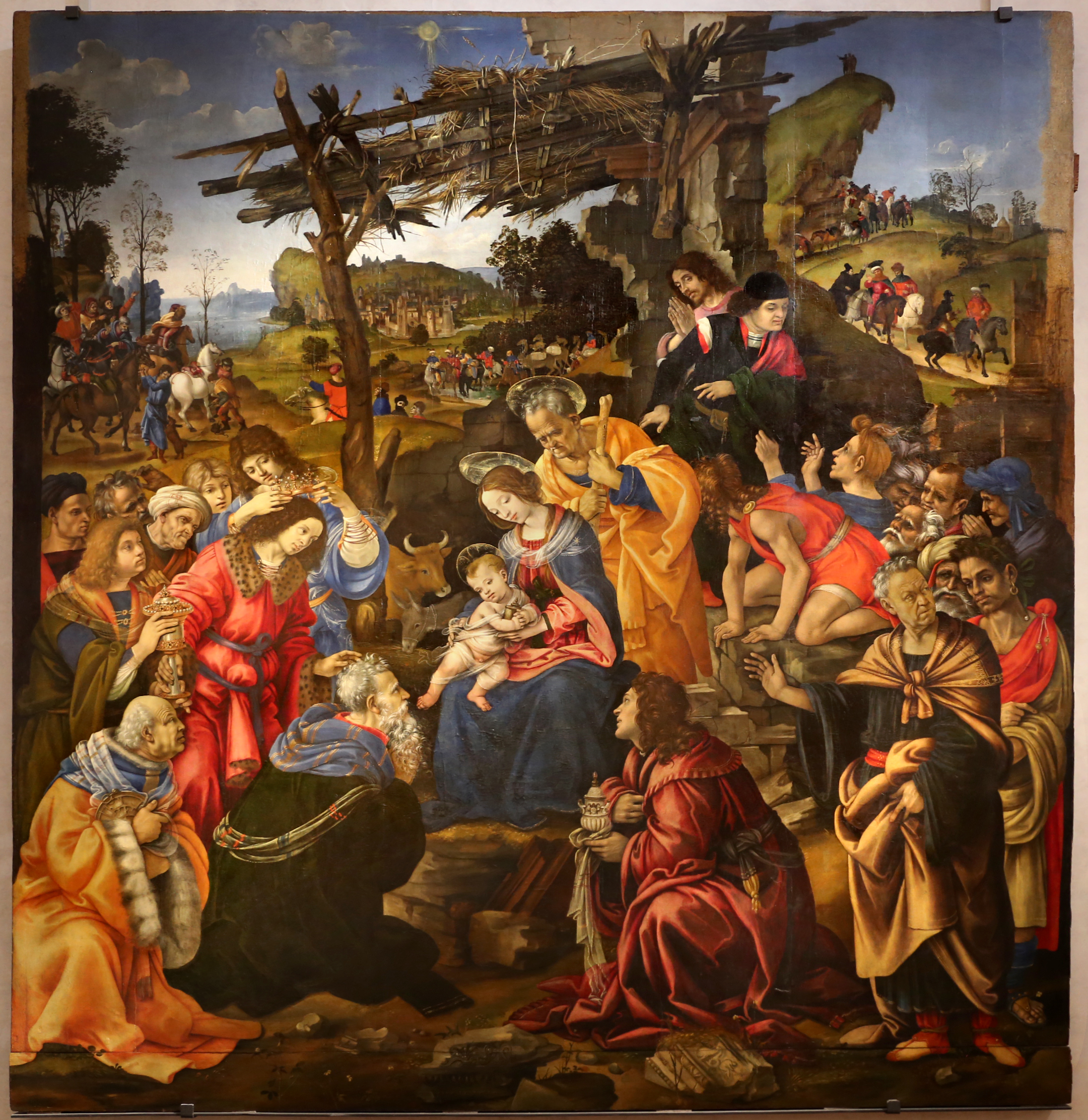
Raphael’s The School of Athens has been cited as an example of the use of a vanishing point to emphasize composition. The vanishing point falls just below the outstretched hand of the Plato.
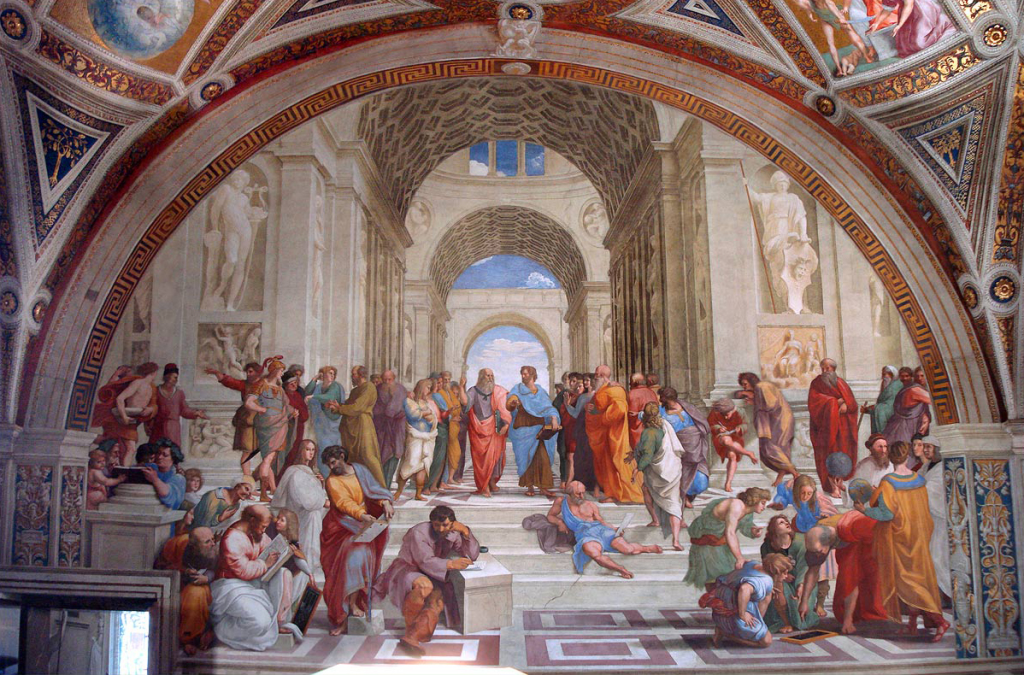
Two Point Perspective
The first diagram of two point perspective was Jean Pélérin in De Artificiali Perspectiva (1505). From here we would see improvements on accurate foreshortening and anamorphic images.
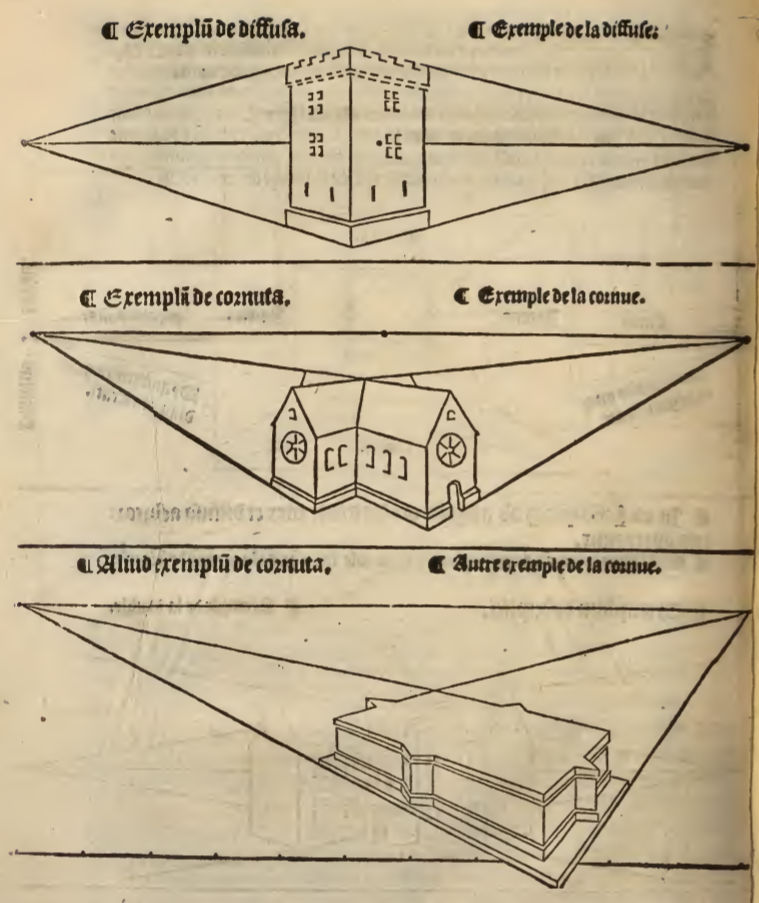
Giovanni Battista Piranesi (1720–1778), who belonged to the group of artists known as the Vedutisti (view painters), revisited many famous views of Rome that had been commonly interpreted with one-point perspective, replacing it with two-point perspective thereby creating a greater sense of compositional dynamism, widening and accentuating the illusion of reality.
